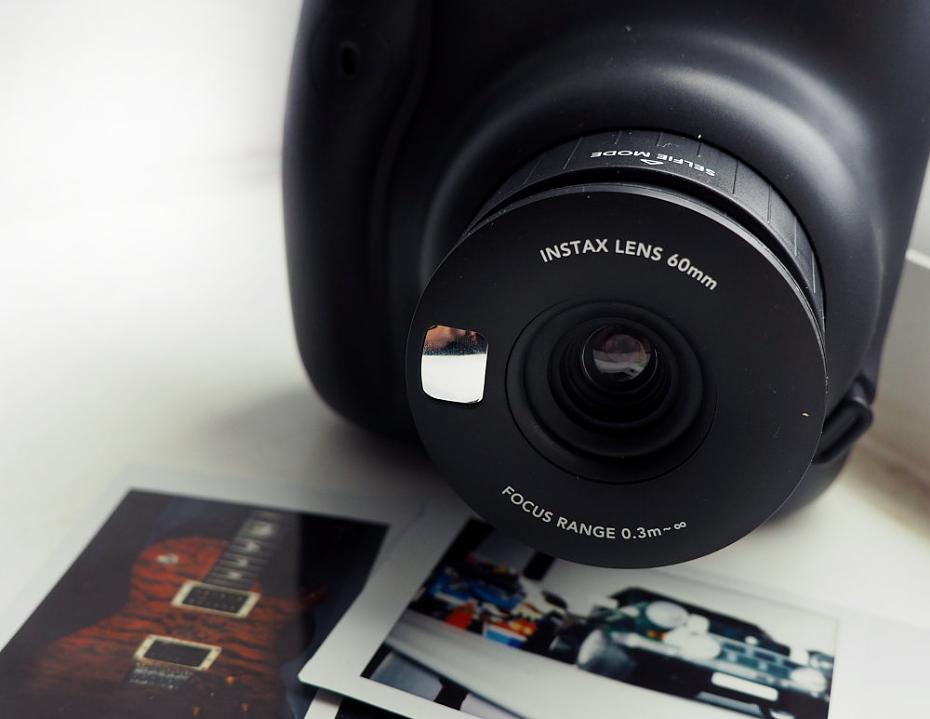How Did the Instant Camera Impact Society and Photography?
When considering the progression of photographic technology, the instant camera is undoubtedly a milestone that greatly influenced both society and the professional realm of photography. Introduced by Edwin Land and Polaroid Corporation in the mid-20th century, this innovation transformed the landscape of visual storytelling in substantial ways.
The instant camera introduced the world to the magic of near-instant gratification in photography. But it wasnt just an amusement for the masses; it marked a significant shift in how professionals approached their craft. Understanding the profound impact of the instant camera on society requires a deep dive into its historical background, cultural influence, and technological advancements.

The Genesis of the Instant Camera
The conception of the instant camera dates back to the late 1940s when Edwin Land, Polaroid's founder, first introduced the Land Camera. This technological marvel could produce a printed photograph within minutes of taking the shot, an unprecedented feat in the era of bulky cameras and prolonged darkroom processes.
Land's creation wasn't just a novelty; it was a response to a real demand. After a photoshoot with his daughter, Land found himself answering her question: Why can't I see it now? This resonated with millions who found waiting for film development cumbersome. The immediate output of instant photography soon became its unique selling proposition.
Cultural and Social Shifts
The instant camera wasn't merely a piece of equipment; it was a cultural icon. In an age before digital cameras, it offered a sense of immediacy and connection. Families could capture and hold on to memories right away, forever altering social gatherings, holidays, and celebrations.
Moreover, the instant camera democratized photography. It became an accessible tool for hobbyists, casual photographers, and professionals alike. The ability to instantly review and retake photos led to more creative experimentation and spontaneity.
Influence on Professional Photography
For professional photographers, the instant camera was a game-changer. It offered immediate feedback, crucial for studio shoots, fashion photography, and even journalistic endeavors. Professionals began to utilize instant cameras for test shots, examining composition, and experimenting with lighting, dramatically speeding up the workflow.
An interesting repercussion was in the realm of fine art photography. Instant film, with its unique texture and color reproduction, became a medium of choice for artists aiming to evoke a certain aesthetic. Icons like Ansel Adams and Andy Warhol famously utilized Polaroid film, giving the medium an artistic legitimacy.

Technological Advancements and Innovations
The evolution of the instant camera didn't stop at the original Polaroid Land Camera. Over the decades, advancements such as the incorporation of autofocus, various film formats, and enhanced portability made instant cameras more user-friendly and functional. The digital era brought further innovations.
Modern hybrid instant-digital cameras like the Fujifilm Instax Square SQ20 highlight how the legacy of instant photography continues to adapt. These cameras blend traditional instant film output with digital capabilities, offering features like video recording and photo editing before printing.
The Digital Transition
While digital cameras eventually overshadowed instant photography, the resurgence of interest in analog experiences has revived the demand for instant cameras. Companies like Polaroid, Fujifilm, and Kodak have reintroduced new models that appeal to both nostalgic users and a new generation of enthusiasts who value tangible prints in a digital world.
TechRadar offers excellent tips on how to get the most out of your instant camera, appealing to those who cherish the blend of old and new.

Impact on Social Media and Modern Trends
In the age of Instagram and Snapchat, the ethos of instant photography persists. The concept of immediate sharing and ephemeral media is deeply rooted in what the instant camera first introducedcapturing a moment and sharing it in real-time.
This cultural shift towards instant gratification can trace its roots back to the instant camera. The modern 'click and share' culture reflects the seamless utility that Polaroid popularized decades ago, emphasizing the human craving for immediacy.
Conclusion
The ripple effects of the instant camera are vast and varied. From transforming social dynamics to enhancing professional workflows and fostering artistic innovation, its impact is undeniably profound.

External Resources
FAQs
1. How did the instant camera change photography?
The instant camera revolutionized photography by allowing photographers to see the results of their work immediately. This transformed photographic workflows, fostering greater experimentation and spontaneity.
2. Who invented the instant camera?
The instant camera was invented by Edwin Land and introduced by Polaroid Corporation in the late 1940s.
3. Why is instant photography making a comeback?
Instant photography is making a comeback due to a nostalgic appreciation for the tactile experience of holding a physical photo and the growing desire for analog experiences in a digital age.
As an Amazon Associate, I earn from qualifying purchases.

